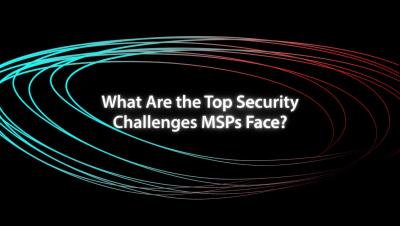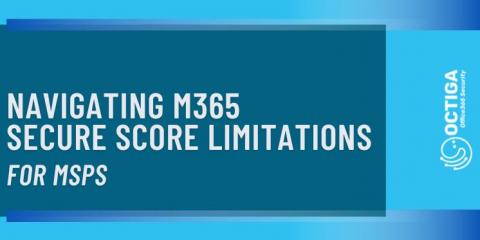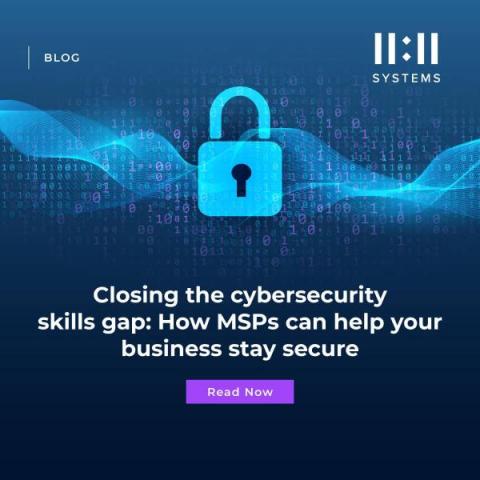Explore the ONE Security Platform for MSPs
As cyberattacks and the overall threat landscape grow more complex, managed service providers (MSPs) need to evolve. As an MSP, you must be capable of protecting customers from attacks targeting networks, devices, and users. Finding ways to protect your customers’ expanding threat surface is one thing, but doing so without compromising on operational efficiency or profitability is another. At times this can feel like an insurmountable task.








